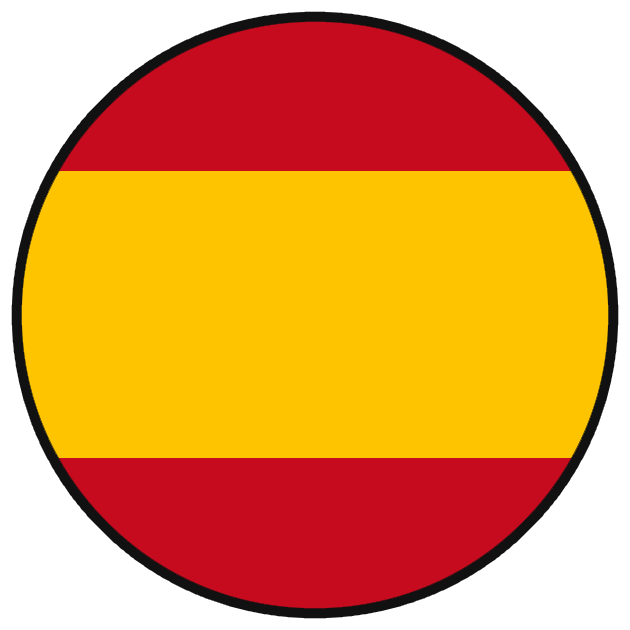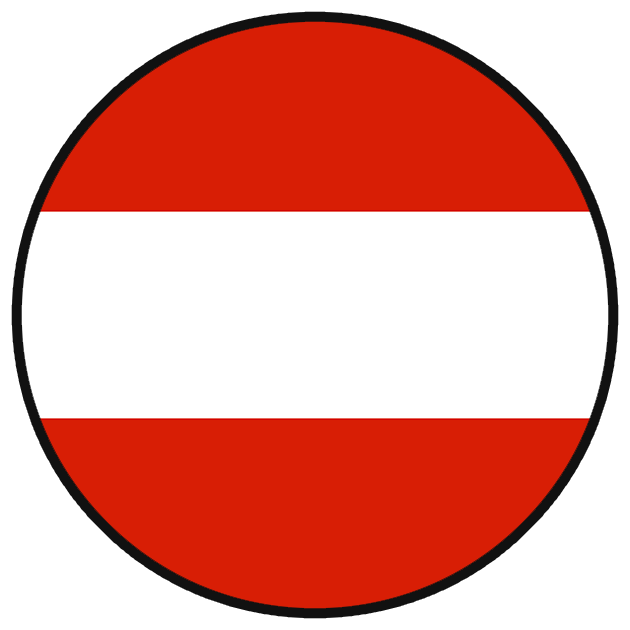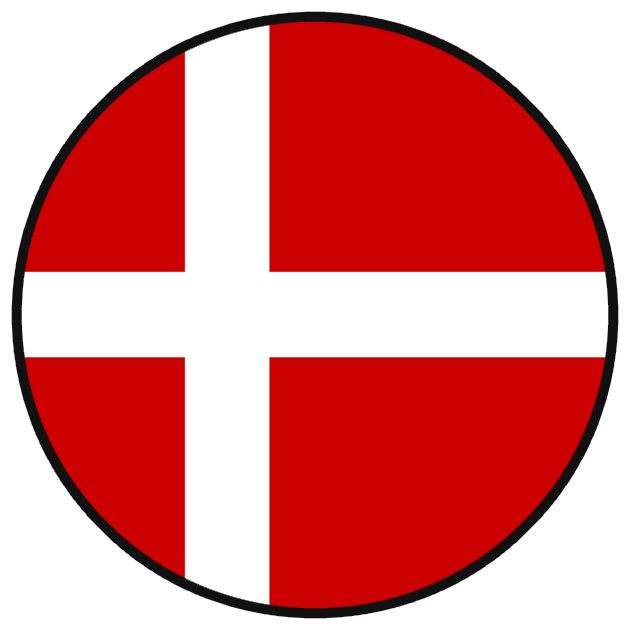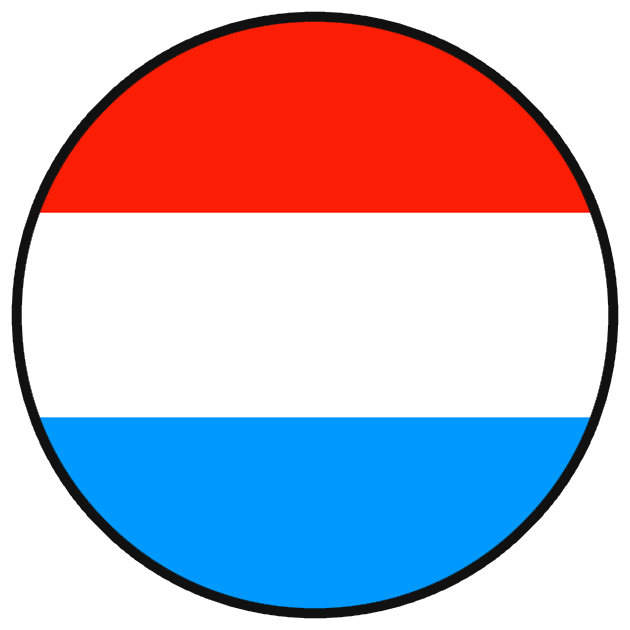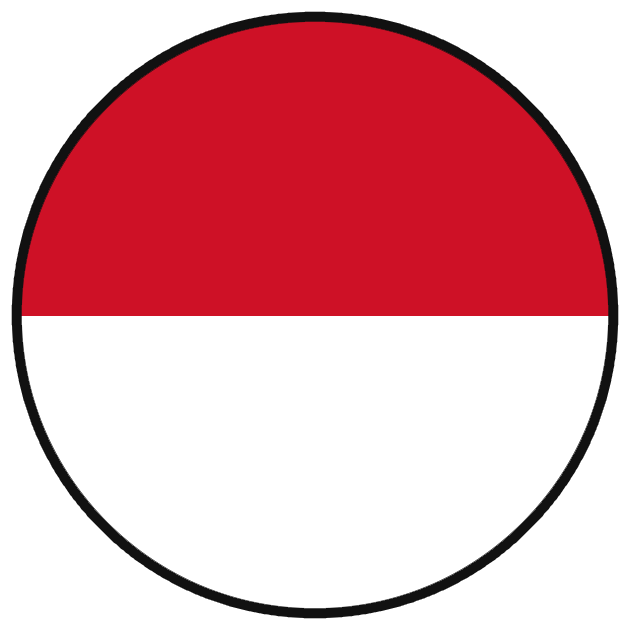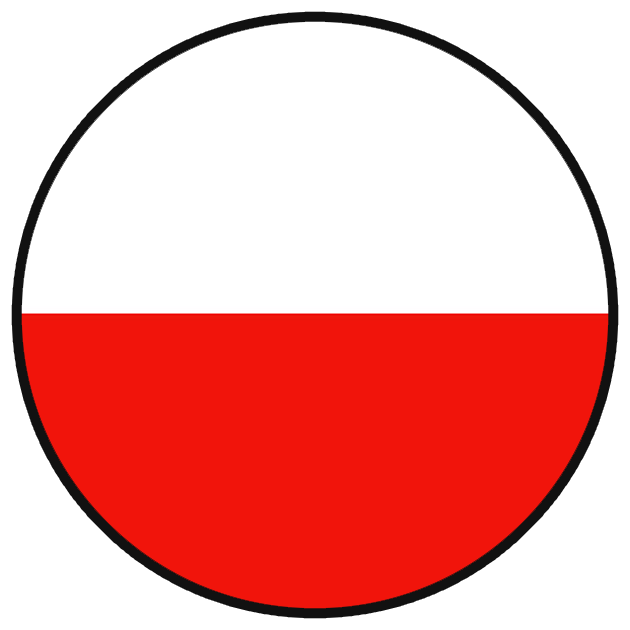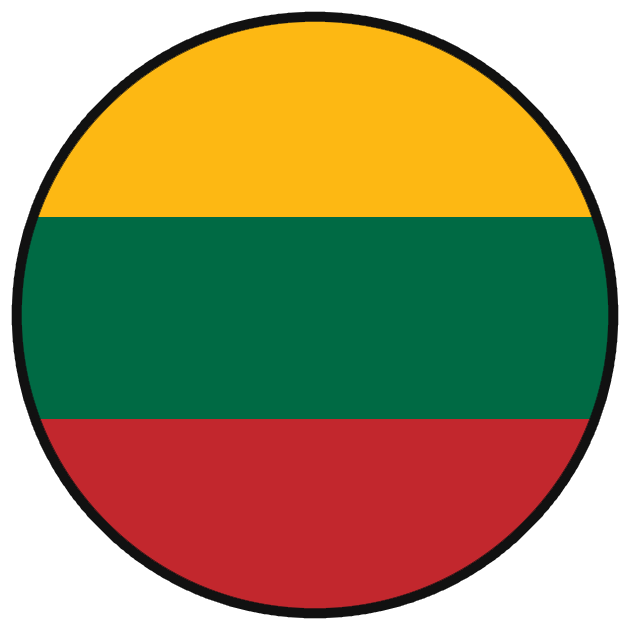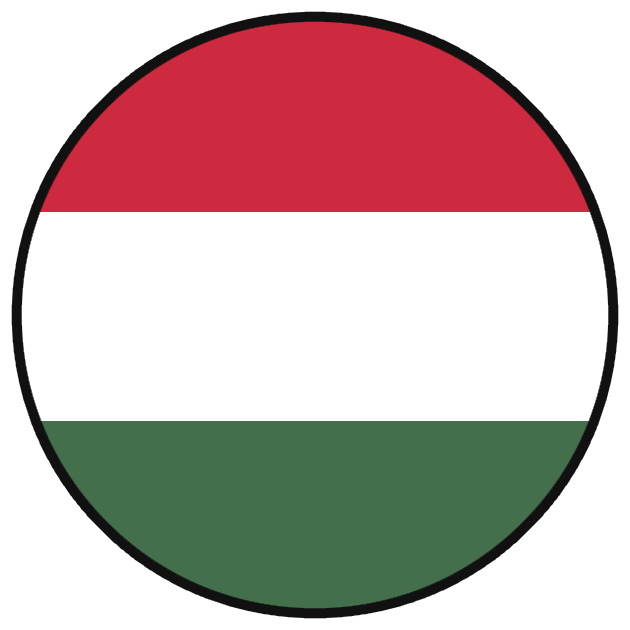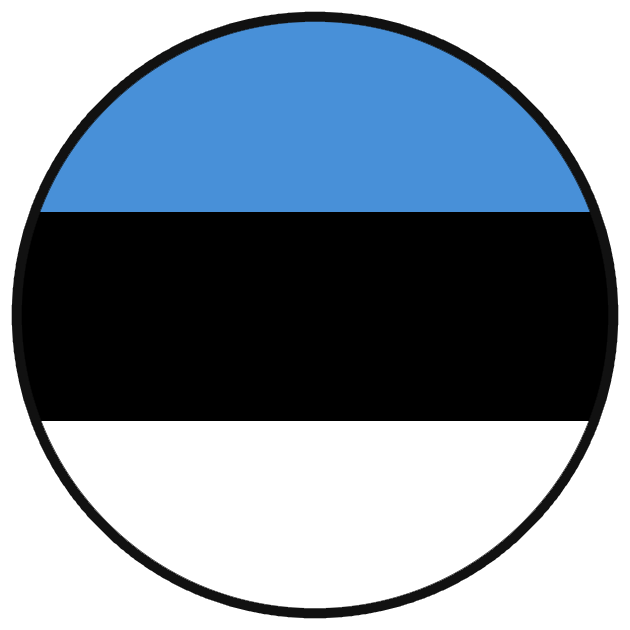The tenacity of the pomegranate tree
The pomegranate tree is very well adapted to the Mediterranean climate of the Valencian region because it is very resistant to drought, which is unfortunately quite common here. As well as this, even through it prefers the heat, this rustic tree is able to bear the temperature drop in winter. Our region is characterised by a significant difference between day and night temperatures during autumn and winter: at night we can reach negative temperatures and during the day temperatures can exceed 20ºC.
It is a very hardy fruit with a resistant skin. However, when there is excess water, the tree can actually break some fruits, almost exploding them as an attempt to get rid of the extra water. Once harvested, the fruit can be stored for a long time in good condition. Some staff members have even stored the fruit in the refrigerator until the summer months.
Note: be careful with its juice as it stains a lot and is difficult to remove.
Pomegranate Calendar
Our recommendations for tasting them
Of all the fruits we grow, pomegranates are probably the most difficult to peel. But once you get the hang of it, you’ll find it’s not so hard!
Separate the crown from the rest of the fruit by cutting a square around it. Then cut vertically along the white membranes so as not to break the seeds. Finally, separate the segments and remove the seeds into a bowl. If farmers can simply open them with a stone in the middle of the field, we’re sure you can too!
Once cut, the seeds can be eaten fresh in salads, yogurt, on toast with extra virgin olive oil, or if you prefer, you can make a good juice. It is a rustic fruit, which lasts a long time and gives a touch of colour and flavour to many dishes.
You can order your pomegranates here.





 My account
My account 

